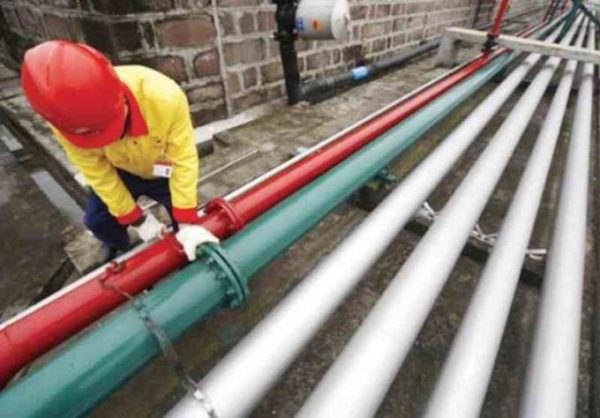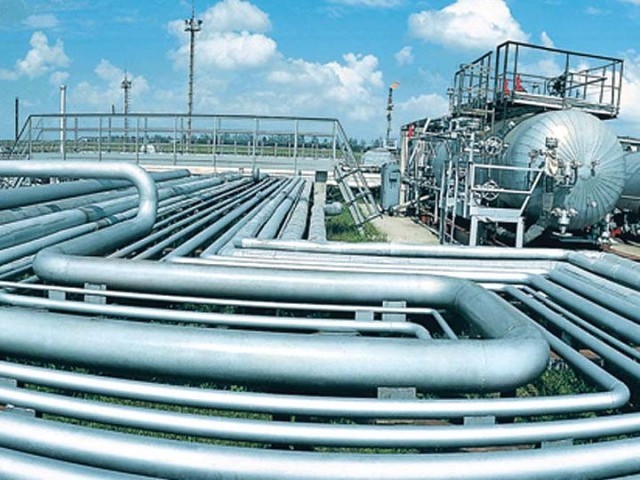Nigeria Adds 400,000bpd As Trans Forcados Restarts

There are indications that Nigeria’s oil production has increased by 400,000 barrels per day, bpd, with the restoration of Trans Forcados Pipeline.
The pipeline which has the capacity to deliver about 400,000 bpd was vandalised some weeks ago, a development which stalled the export of Bonny Light, Nigeria’s premium oil grade to the global market.
Spokesman of Shell Petroleum Development Company (SPDC), Bamidele Odugbesan, who confirmed the development yesterday, said: “It is true that the rehabilitation of Trans Forcados Pipeline has been completed, thus enabling us to lift the force majeure earlier placed on export. We are currently producing and exporting through the pipeline to the global market.”
Similarly, the Organisation of Petroleum Exporting Countries, OPEC, has granted Nigeria a higher oil output target under an OPEC-led deal to limit oil supply in a move unannounced by the group, following efforts by Africa’s largest exporter to tweak the agreement to accommodate its expanding oil industry.
It was stated in a report that: “The country’s allocation was increased to 1.774 million barrels per day (bpd) from 1.685 million bpd at the last OPEC meeting in July.
The quota increase will mean Nigeria will see an improvement in its compliance with the supply cut accord, but it is still pumping more crude than the new target according to OPEC’s own figures and industry surveys.
“Abuja has had a dismal record in delivering its share of the cut, according to the International Energy Agency. OPEC put Nigerian production at 1.866 million bpd in August – far above the new quota.
“The nation has previously tried to draw a distinction between what it considers as crude and what it considers as condensates, an ultra light crude-like product that doesn’t fall under the OPEC cut agreement. “Its own definition of condensates would shave a significant amount of exports from its cap.
Data from Nigeria’s Department of Petroleum Resources pegged daily average condensate production as between 414,000 to 497,000 bpd in 2017, the latest year available. That accounted for 17% to 19% of total output that year.”







